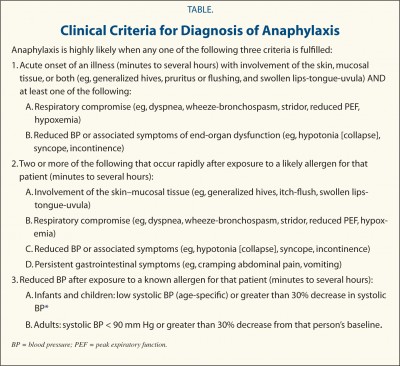I am a dramatic person by nature. This is directly at odds with the logical habits and orderly thinking of a scientist. As you might imagine, I am not infrequently conflicted on how to behave or how to react in many situations. I am also bossy. I like to be right. These aren’t good qualities but it’s who I am and I know it.
I’m also loud in just about every way. My hair is fire engine red. I have a violet streak behind my left ear. I wear large colorful glasses. I do unusual and interesting things to my hair and trap it with flower clips or jeweled hairpieces or brightly patterned bobby pins. I dress like a 50’s housewife. I am physically loud, owing largely to my hearing loss and my inability to modulate my own voice level, but I was loud before.
It is a different loudness I’m thinking about tonight. I’m thinking about the loudness of a voice when you scream for help. This is likely the only way in which I am not loud. I used to be. It was never helpful. I am self reliant in large part because I learned early that screaming for help because I was sick or something was wrong with my body was a fruitless endeavor. It never helped and I gained a reputation as being dramatic and attention seeking, a hypochondriac. I learned to swallow those sounds, the ones that signal that I am wounded, that tell the other creatures that I am prey. This unmet need formed the core of my self esteem as a teenager, or lack thereof.
I met up with an old friend this week, a guy I went to high school with. We were friends when I was starting to become aware that something was wrong with my body. I was always having weird health issues and had episodes of inexplicable severe abdominal pain at the most inopportune times. We chatted about my health, then and now.
“So you always had this and just found out about it as an adult?” He asked.
This is more or less what happened. I’m not convinced that everything I had as a teen was related to mast cell disease, but probably a lot of it was. He mentioned that at the time, he wasn’t sure what was going on, if I was sick or just dramatic. This didn’t upset me at all, and was not new information. We have discussed this in the past, some time ago.
“I actually wasn’t sure either,” I admitted. When so many people think you are just inventing these things, it’s hard not to become convinced yourself. Still, I haven’t often said this explicitly. It seems like a betrayal of my deepest self, the one that swallows those sounds, and feels unnecessarily loud.
It has been a long time since those days, when I was 16 and confused about what exactly was happening to me and how much my mental health played a role. But even now it is a reflex to think I am being too direct. I have to remind myself that telling the world what is happening to me is okay and that wanting empathy and help is okay. I’m gaining volume. But I don’t know that I’ll ever be loud.

